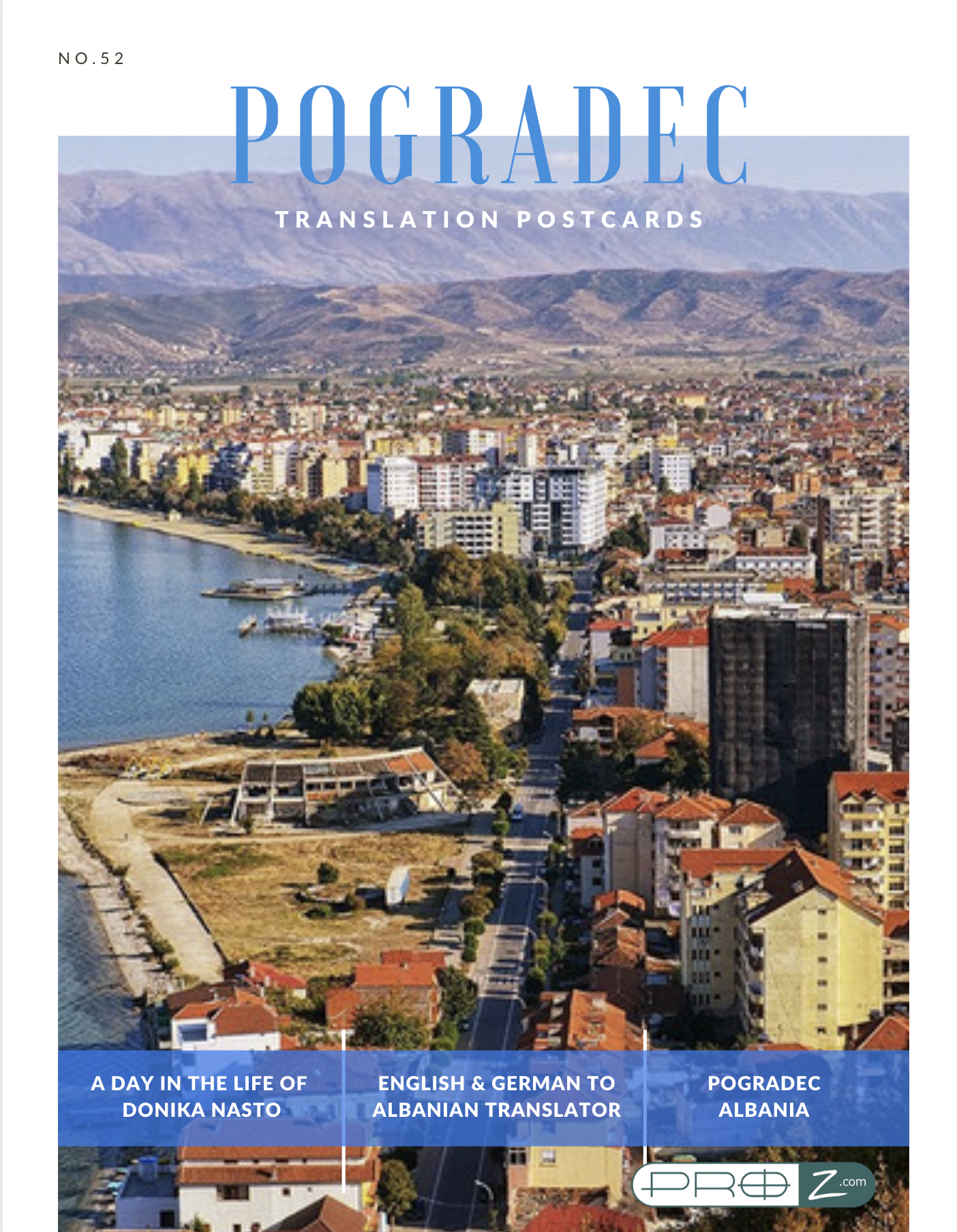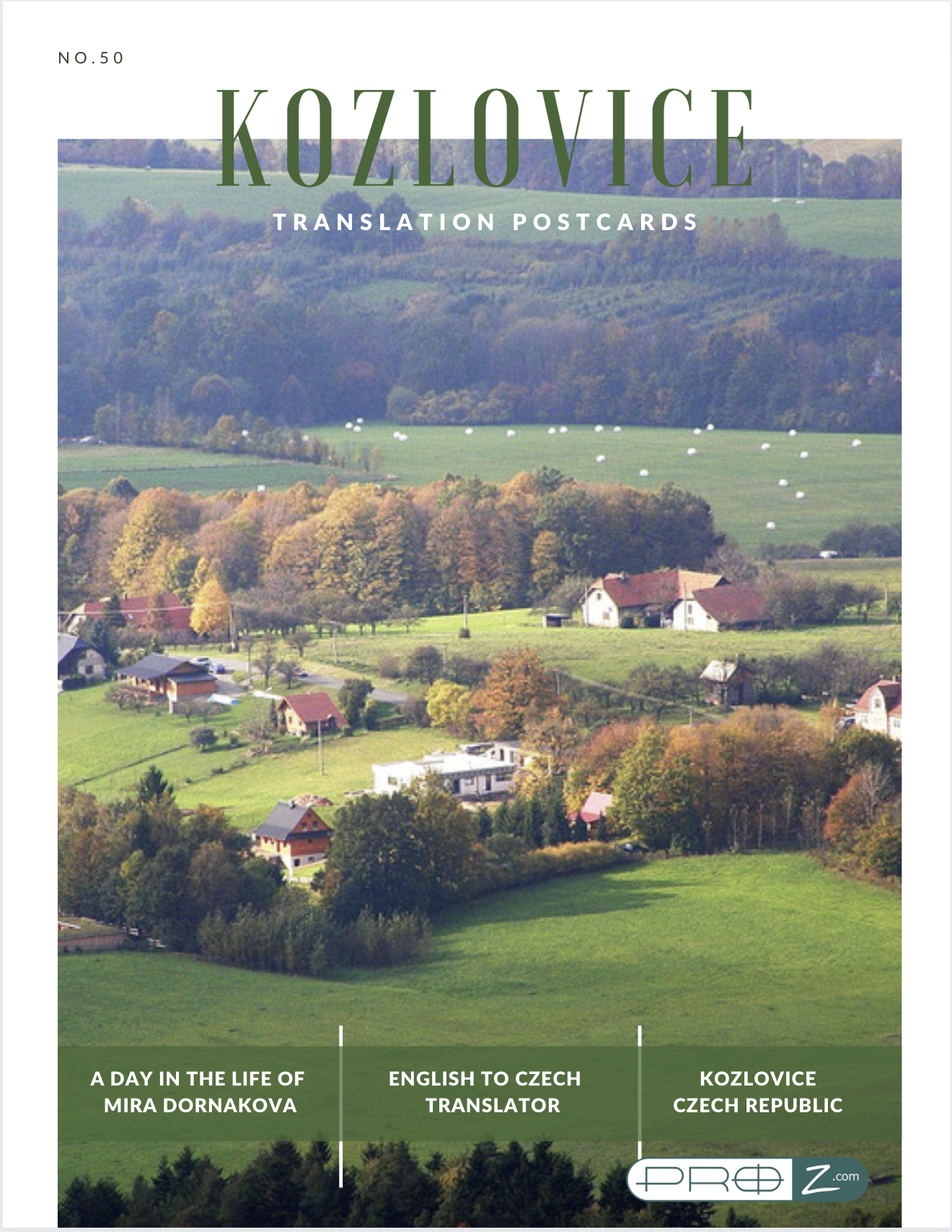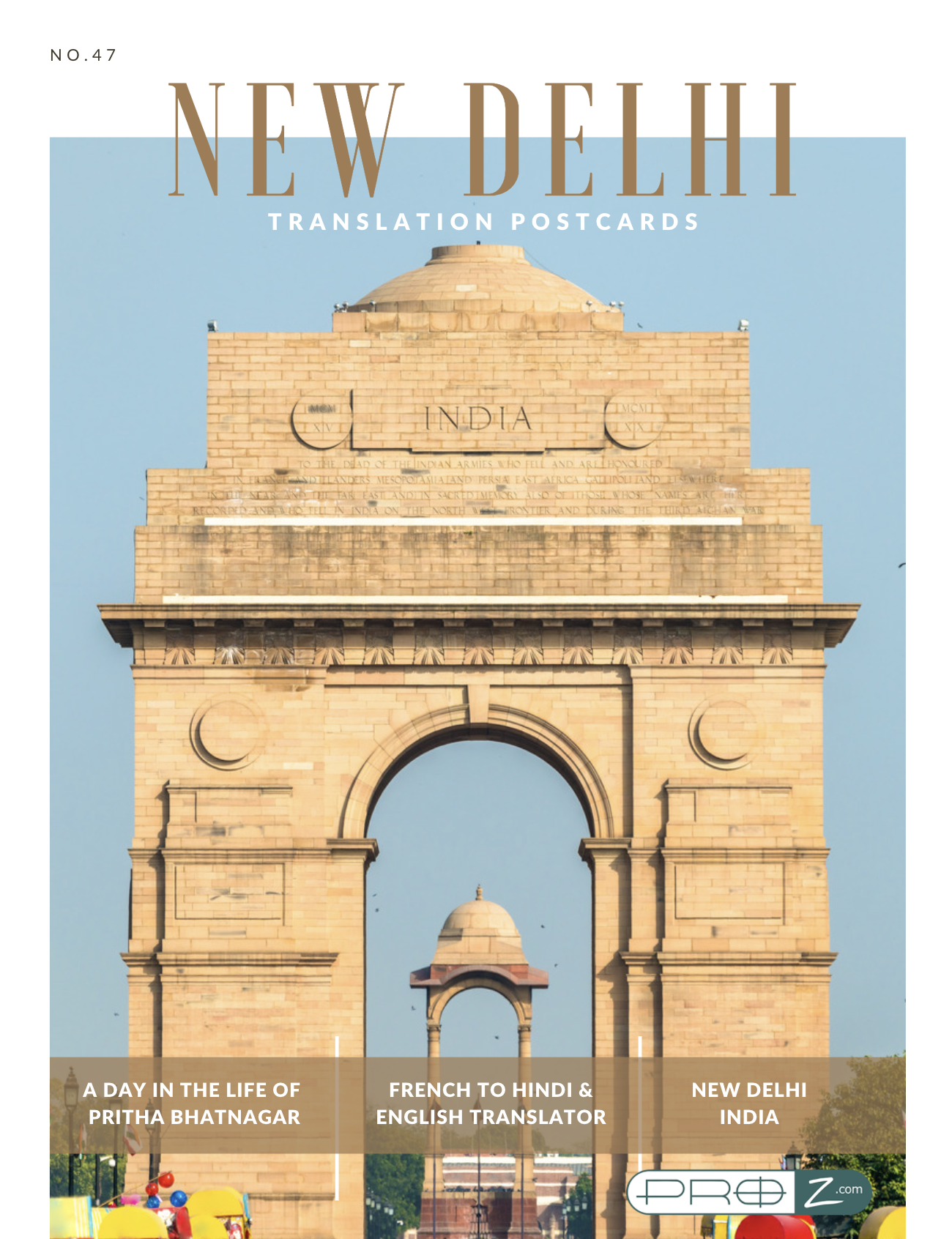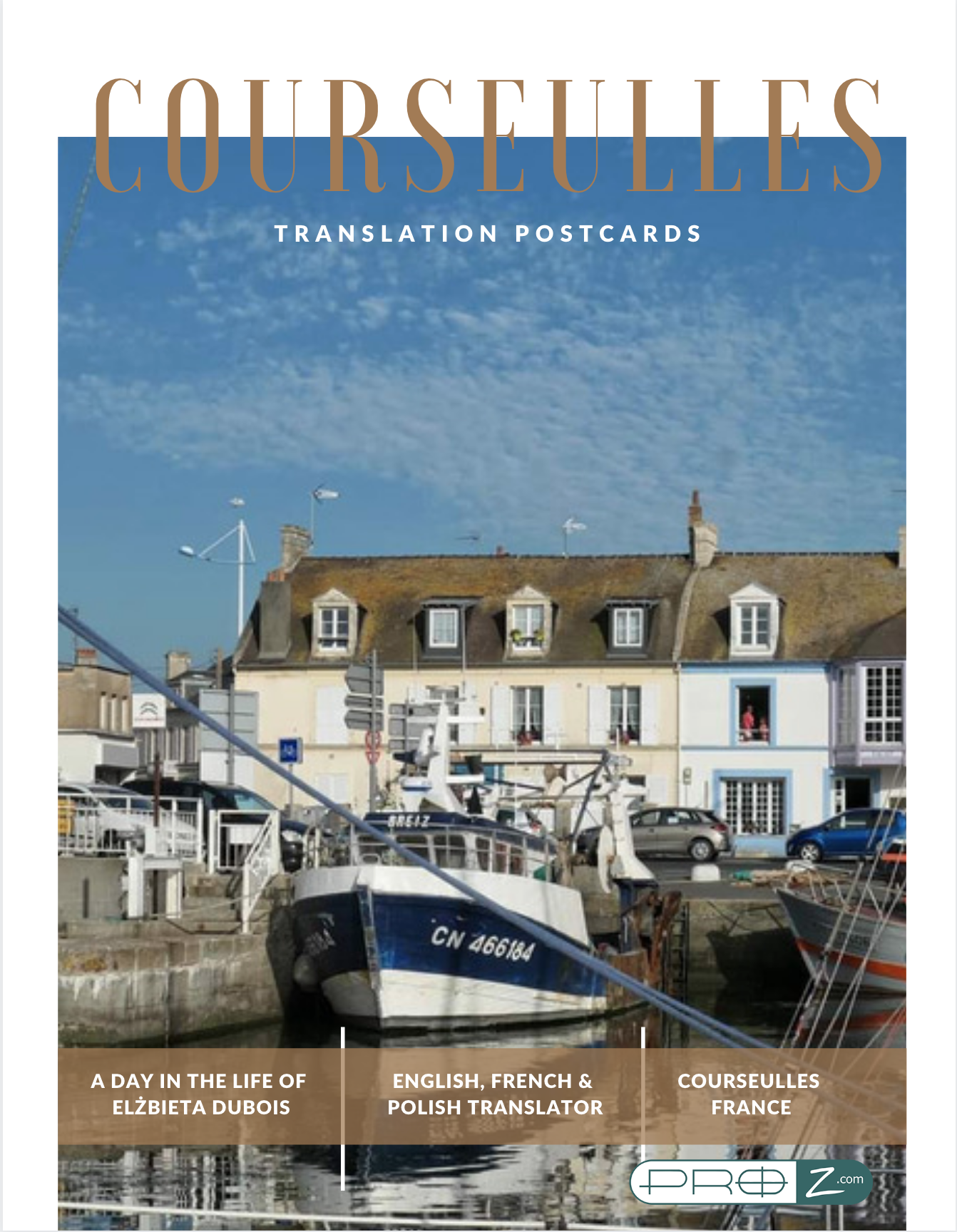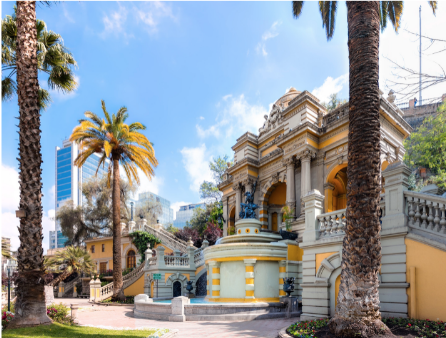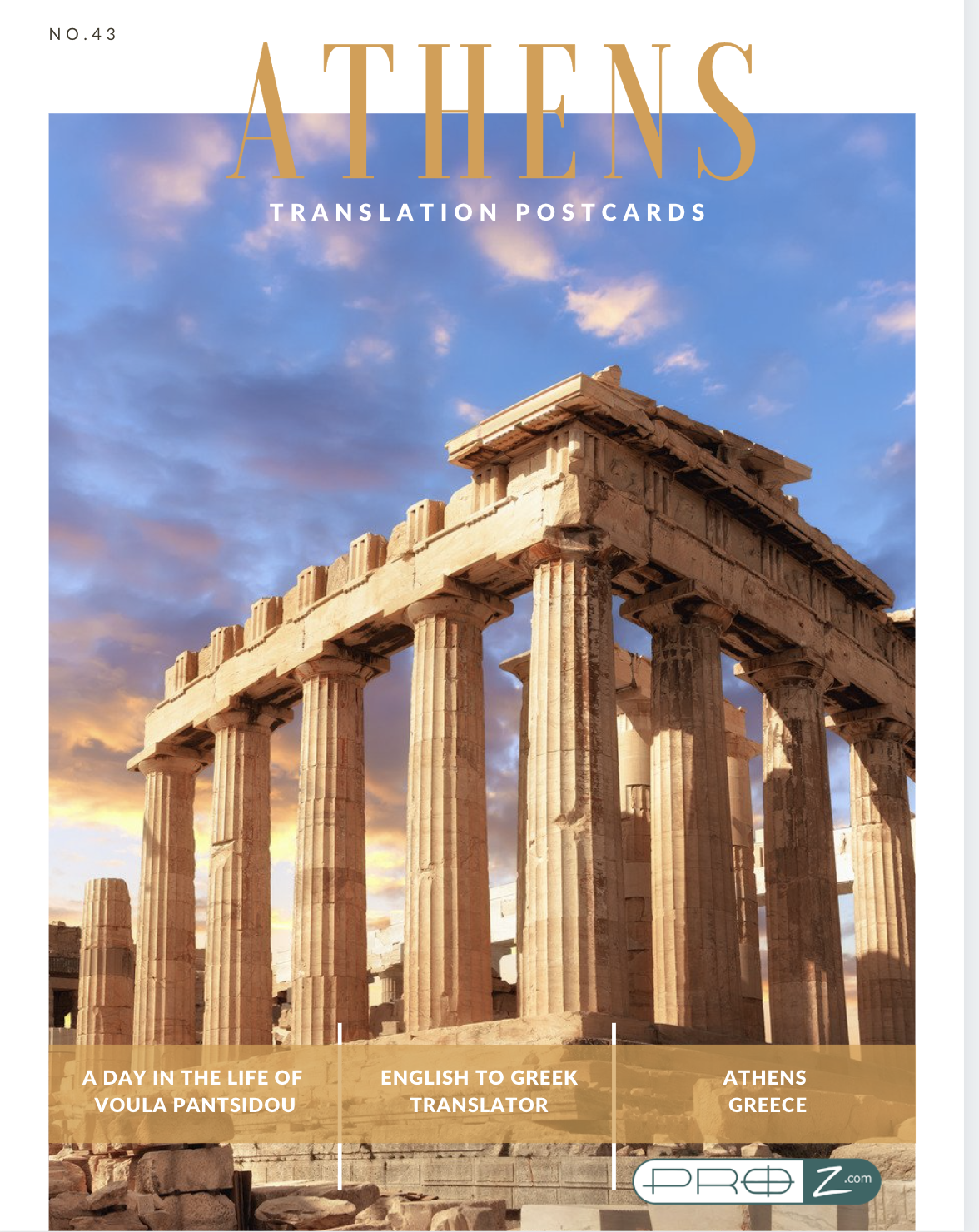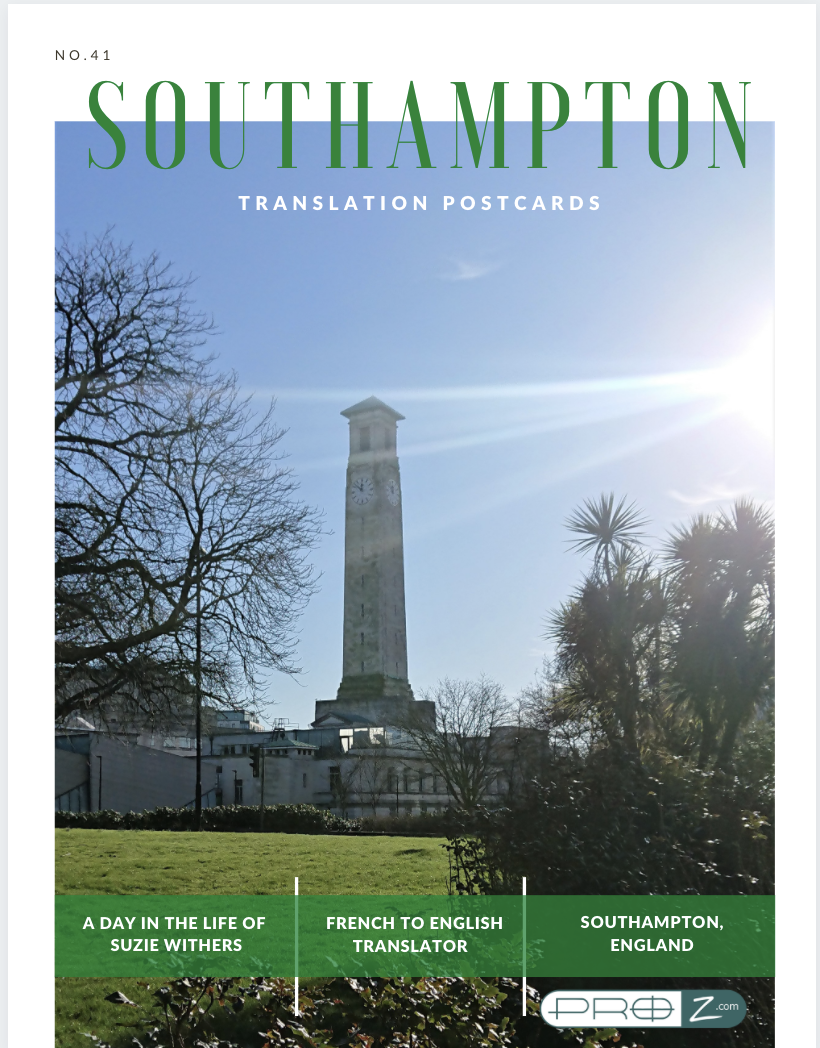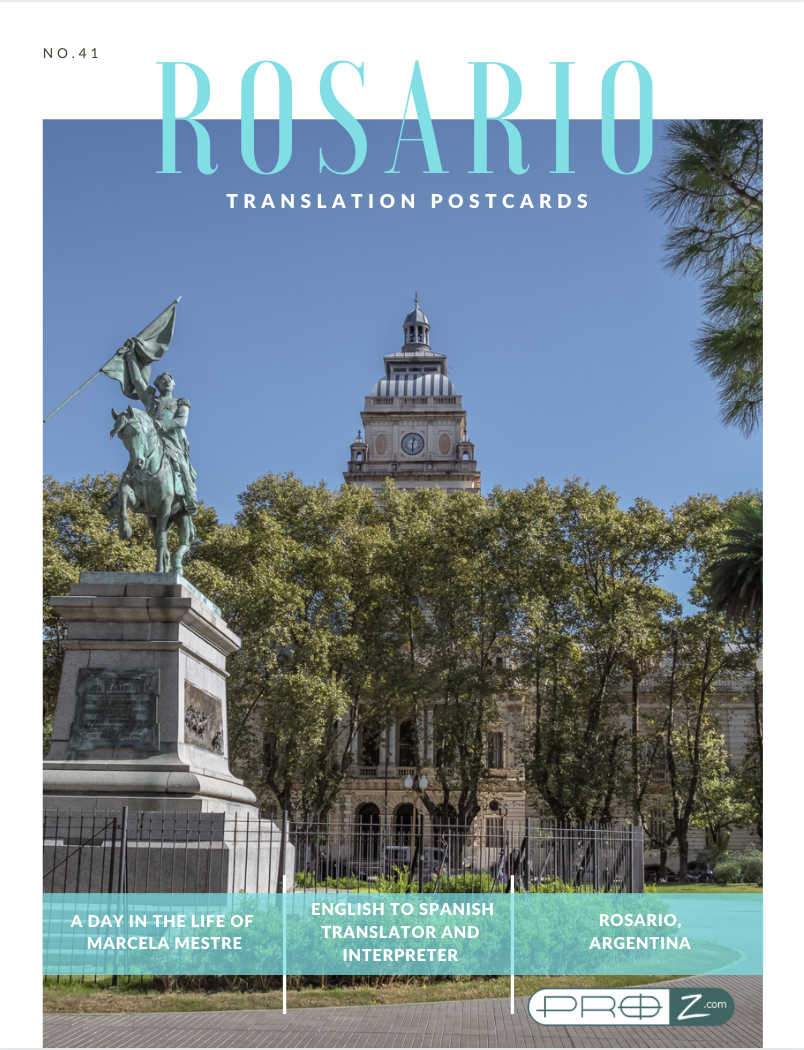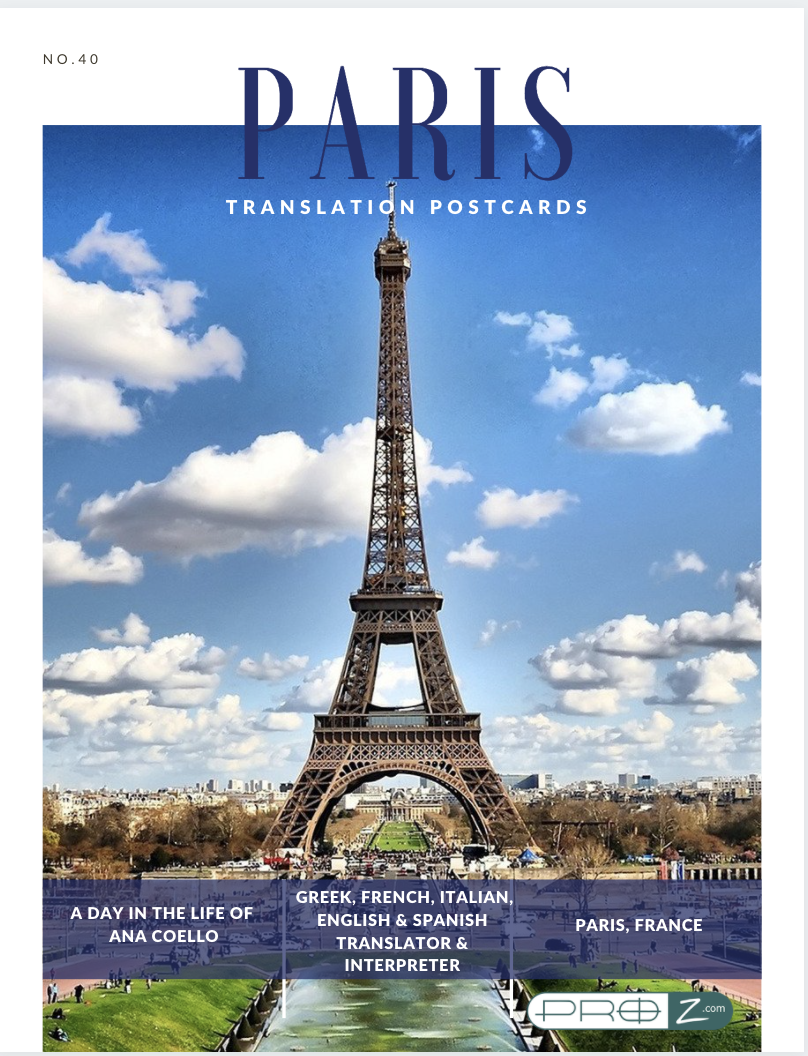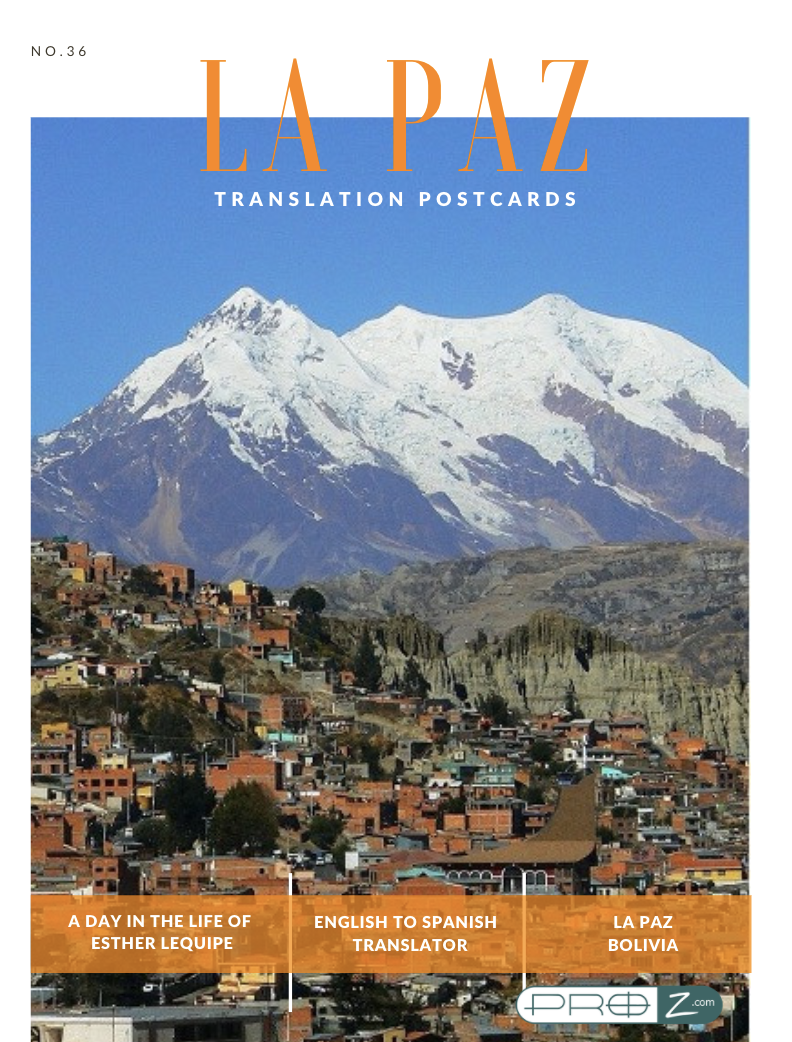When Donika Nasto was growing up in rural Albania, chewing gum was a scarce luxury, and you could only sink your teeth into an orange at New Year. The only bread available tasted so bad it needed toasting to be palatable. And the clothes you wore were likely to be hand-me-downs from older cousins…
In the age of digital nomadism, upping sticks and seeking out a new place to live, along with all the novel experiences that go with it, is an option open to all. But perhaps as translators, armed with our language gifts and proven cultural adaptability, we are particularly well-suited to such a choice. We can look at a map, stick a pin in it, and pretty much decide where we want to make our new home. Which is exactly what Emilie Himeur did one fine day. As a French native speaker working from English, she indulged a deeply felt longing to live by the sea, coupled with a need for some sunshine, a beautiful language and a quality approach to life (not to mention an economic context less challenging than those of France or England) … and decided on Genoa.
Read MoreTranslation Postcards: Mira Dornakova, EN-CZ translator in Kozlovice, Czech Republic
It takes a certain flexibility to be able to completely change the backdrop of where you live and make the effort to fit in with your new surroundings. Moving between countries is the most obvious example of this for translators – but even within countries there are often stark contrasts between the capital and the provinces, large and small towns, and city and village life. And with stints in San Sebastian and Barcelona under her belt, not to mention life in a small rural Spanish village of fully 27 inhabitants, followed by a return to a slightly bigger village in her native Czech Republic, Mira Dornakova has experienced a real variety of backdrops in her life.
A translator with a cat is nothing new. Or a dog. Even a couple of each. But it’s safe to say that providing a loving home to a mix of no fewer than thirty-two stray animals is pretty remarkable by any standard. And indeed, it’s not all that’s fascinating about German and English translator Christine Strobel.
Read More
Translation Postcards: Raffaella Prati in Ría de Arousa, Spain
Throughout history, the general direction of migration within countries has been from the rural areas to the city. The imperatives of escaping labour on the land or seeking work and a regular wage have driven millions to pack their meagre bags and set out for their national or regional capitals.
Read More
Translation Postcards: Pritha Bhatnagar in New Delhi, India
There are few cities more tumultuous – and full of contrasts – than India’s capital New Delhi. From the teeming streets and markets to the soaring architecture, from the manicured lawns of the luxury hotels and upper-class districts to the overcrowded markets, from the street eateries to the dazzling array of fine-dining restaurants, and from the twisting and choked narrow streets to impressive boulevards, all set against the cacophonous background of permanent traffic jams, shouts in a dozen Indian languages, and year-round searing heat, while the aroma of curry leaves, pomegranate flowers and roses hovers in the air. The centre for many ruling dynasties down the centuries, Delhi is a palimpsest where history and legacy have left their marks wherever you look. A city of extremes, where the one guarantee is that you’ll never be bored.
Read More
Many of us are used to the sounds of city life from the moment we wake up. The cars revving, the trundle of the city cleaners, the distant siren and the dog barking. Not to mention the all-night amber haze of streetlamps, the low cloud of light pollution obscuring the stars, and the lingering smell of petrol fumes…
Read More
Who needs an alarm clock when you have screeching seagulls to do the job? Especially in summer, when the influx of food-bearing tourists attracts flocks in search of tasty tidbits. But your auditory senses are not the only ones assailed in the little seaside town of Courseulles-sur-Mer in Normandy, northwestern France. When the tide is low, the air is rich with the smell of fish, seafood, weeds and salt, flooding in the moment you open the window…
Read MoreTranslation Postcards: Bruna Bonatto in Santiago, Chile
It’s 480 years old and is one of the largest cities in the Americas. Santiago de Chile (St James of Chile), to give it its full name, was founded in 1541 by the Spanish conquistador Pedro de Valdivia, and has been the capital since colonial times. With a downtown core of 19th-century neoclassical architecture and winding side-streets, dotted by art deco, neo-gothic, and other styles. Santiago's cityscape is shaped by several stand-alone hills and also the soaring, if unimaginatively named, Gran Torre Santiago, the tallest skyscraper in Latin America.
Read MoreAs we’ve seen throughout our series of Translation Postcards, you can find translators in historic villages, towns and cities all over the world, but few of us live in a place that boasts over 3,400 years of recorded history. Home to Plato’s Academy and Aristotle’s Lyceum, Athens (Αθήνα) is widely referred to as the cradle of Western civilisation and the birthplace of democracy, largely because of its cultural and political impact on the European continent, and in particular the Romans.
Read MoreTranslation Postcards: Suzie Withers in Southampton, UK
It may not be a pretty city, but it’s certainly a historic one, with roots that date back to the pre-Viking, Anglo-Saxon era, and a port that was already a busy international transit hub when William the Conqueror was on the throne in the 11th century. Some of the ancient city walls are still visible – the most famous relic being the iconic Bargate.
Read MoreIt’s the city that gave us both Lionel Messi and Che Guevara, and the birthplace of the Argentine national flag. For those reasons alone it’s worth taking a much closer look at Rosario, the third largest city in Argentina, set on the pampas alongside the broad brown waters of the Paraná, which gets its oxide and colour from its origins far to the north in Brazil. Scorching hot in summer, and cold and wet in winter, at least Rosario escapes the snow.
Read MoreTranslation Postcards: Ana Coello in Paris, France
Of all the destinations we’ve visited in our travelling armchairs, few are more iconic than Paris. The French capital is a global centre for art, fashion, gastronomy and culture, and its landmarks, from the 12th-century Notre-Dame to the Arc de Triomphe and perhaps above all, the Eiffel Tower, are world-famous. Paris is no less renowned for its museums, luxury goods, booksellers along the Seine, grand 19th-century boulevards, and of course its café culture – there can be few greater pleasures than tucking into a fresh crusty baguette or a delicious croissant with a piping hot café, as you watch the world speed by.
Translation Postcards: Angela Bivol in Chisinau, Moldova
Ask most people what country Chișinău (pronounced kiʃiˈnəʊ ) is the capital of and they’ll stare at you blankly. Even when you reveal the answer – Moldova – their expression might not change dramatically. But this country, whose outline resembles a bunch of grapes is a fascinating corner of Eastern Europe, is well worth discovering in greater detail.
Read MoreTranslation Postcards: Esther Lequipe in La Paz, Bolivia
It’s the world’s highest capital, a bowl-shaped city in the shadow of the fabled Illimani mountain to the southeast, a rocky presence which has infused the country’s folk music, poetry and art for centuries.
Read More

